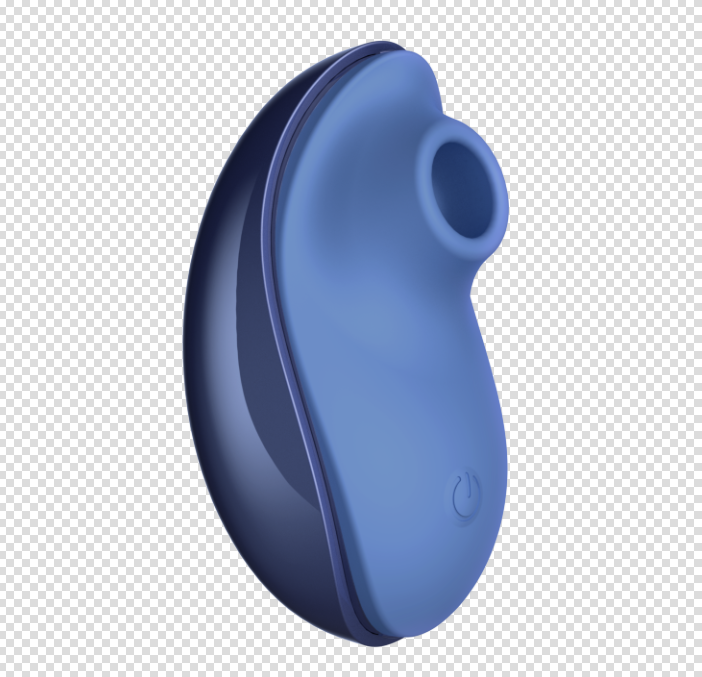About Us
How to Successfully Obtain FDA 510(k) Certification for Personal Lubricants?
Views : 26
Update time : 2025-03-26 15:02:02
Problem: Breaking into the U.S. market for personal lubricants requires FDA 510(k) clearance—a complex process that often overwhelms brands, distributors, and newcomers.
Without this certification, your product cannot legally be sold in the U.S., risking delays, fines, or even market exclusion.
Solution: By understanding key steps, avoiding common pitfalls, and leveraging expert strategies, you can streamline your FDA 510(k) journey and ensure compliance.
What You Need to Know About FDA 510(k) for Personal Lubricants
The FDA 510(k) pathway mandates demonstrating "substantial equivalence" to a legally marketed predicate device. For personal lubricants, this involves rigorous testing (e.g., biocompatibility), documentation (e.g., quality systems), and strategic planning. Success hinges on selecting the right predicate, aligning with FDA guidelines, and collaborating with regulatory consultants to navigate pitfalls like cybersecurity requirements for software-driven devices.Why Keep Reading?
This guide dives into actionable tips, real-world examples, and answers to the most pressing questions from industry stakeholders—ensuring your product meets FDA standards efficiently.

7 Critical Tips for FDA 510(k) Success in the Personal Lubricant Industry
1. How Do I Choose the Right Predicate Device?
Focus on Indication for Use: The FDA prioritizes identical intended use over minor technological differences. For lubricants, predicates often include existing water-based or silicone-based products.Limit Predicates: Using more than two predicates raises red flags. Stick to one or two closely related devices to simplify equivalence arguments.
Case Study: A brand reduced review time by 30% by selecting a predicate with matching viscosity and pH levels.
2. What Testing Is Mandatory for Personal Lubricants?
Biocompatibility Testing: Required for products contacting mucous membranes. Follow ISO 10993-1 for cytotoxicity, irritation, and sensitization tests.Stability and Shelf-Life Testing: Validate product integrity under storage conditions (e.g., temperature, humidity).
Software Validation (if applicable): Lubricant dispensers with digital interfaces require cybersecurity testing per FDA’s 2022 guidance.
3. How Can a Pre-Submission Meeting Accelerate Approval?
Submit Early: Engage the FDA during the design phase to clarify testing strategies and predicate choices.Ask Specific Questions: Example: “Does our pH-adjusted formula require additional safety data compared to the predicate?”
Outcome: One company avoided a 6-month delay by resolving biocompatibility concerns pre-submission.
4. What Are the Hidden Costs of FDA 510(k)?
Fees (2023):Standard Fee: $19,870
Small Business Fee: $4,967 (if revenue <$100M).
Third-Party Labs: Biocompatibility testing costs $15k–$25k; cybersecurity assessments add $10k–$30k.
Pro Tip: Apply for small business status early—approval takes 60 days.

5. How to Build a Compliant Quality System?
Essential Procedures: Design controls, risk management, software validation, and document control.Audit Readiness: Conduct mock FDA audits to identify gaps. A 2022 survey found 40% of delays stemmed from inadequate training records.
Template Tools: Use FDA’s eStar template for electronic submissions to avoid formatting rejections.
6. What Are Common Reasons for FDA Rejection?
Incomplete Testing: Skipping formative usability studies or cybersecurity protocols.Labeling Errors: Missing “Distributed by” statements or non-compliant ingredient lists.
Supplier Swaps: Changing packaging suppliers mid-process? Re-testing may be required.
7. Should I Hire a Regulatory Consultant?
Yes, If:You lack in-house expertise.
Your product involves software or novel materials.
ROI Example: A Chinese manufacturer saved $50k in retesting fees by outsourcing 510(k) preparation.
Final Thoughts
Navigating FDA 510(k) certification for personal lubricants demands meticulous planning, precise testing, and proactive FDA engagement. By addressing critical pain points—predicate selection, hidden costs, and compliance gaps—you’ll not only secure approval but also build trust in the competitive U.S. market.
相关新闻




